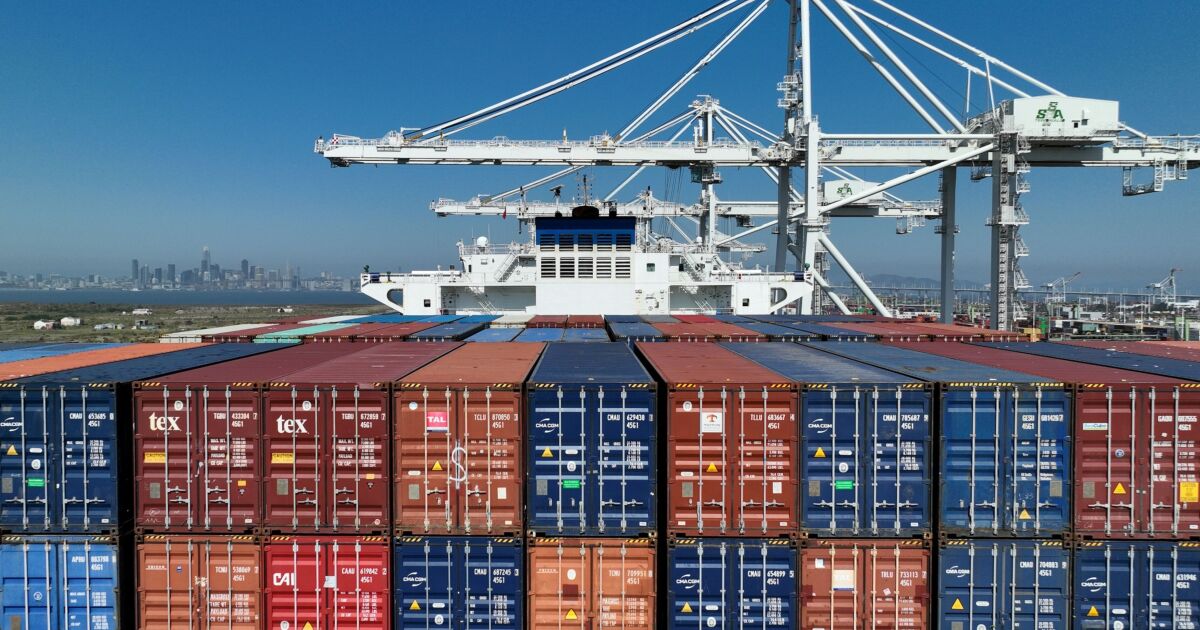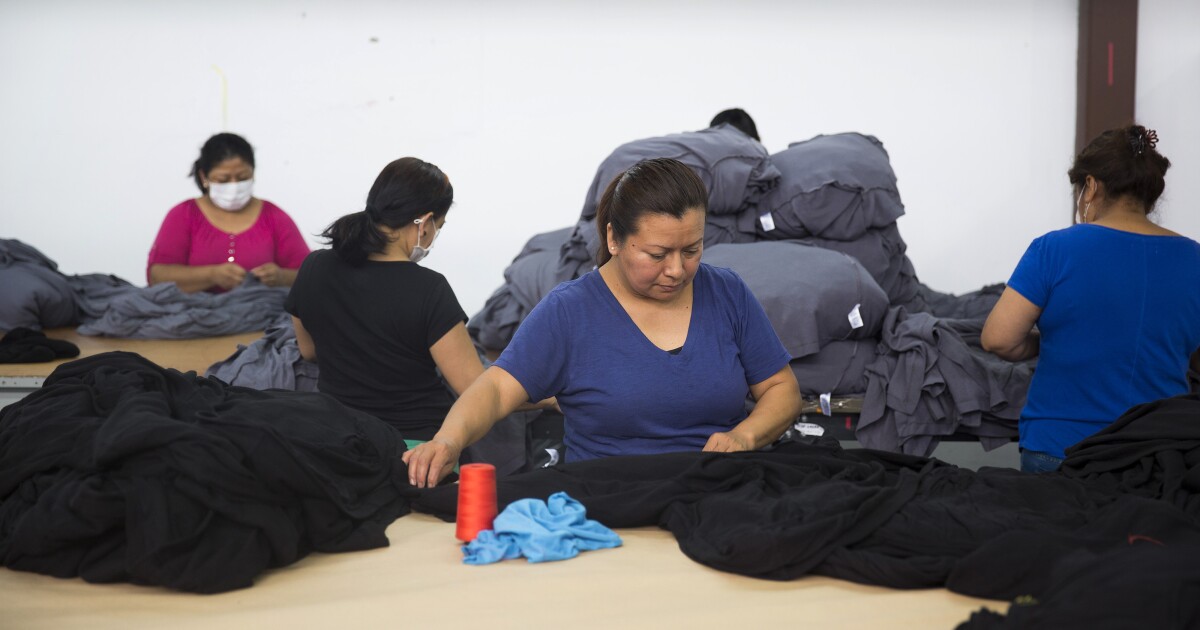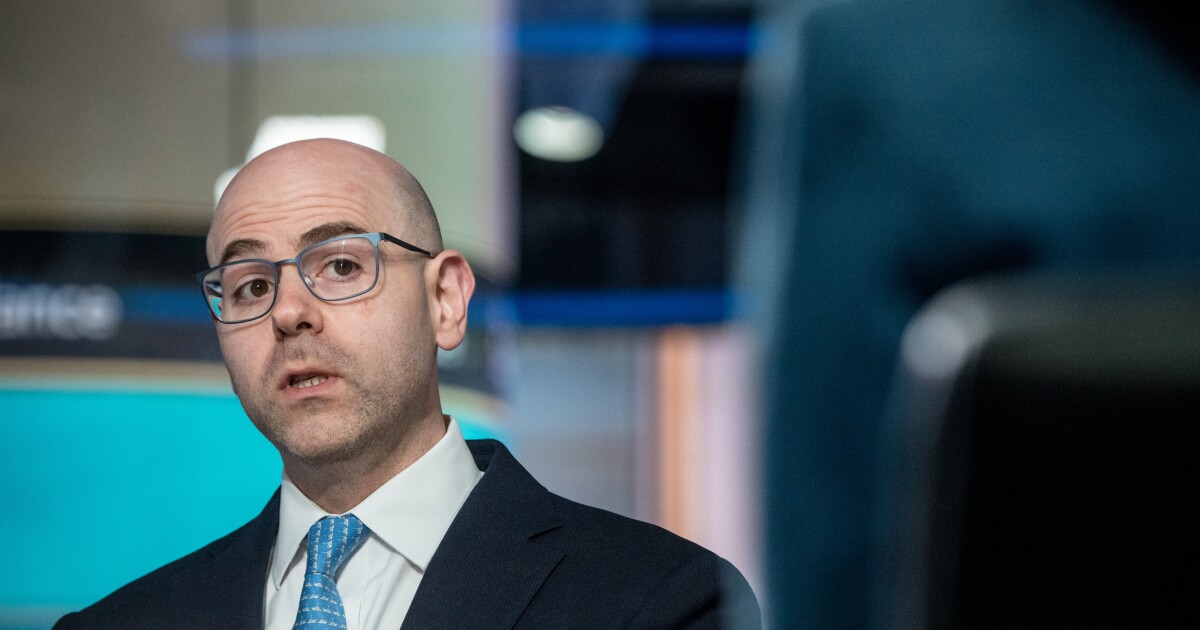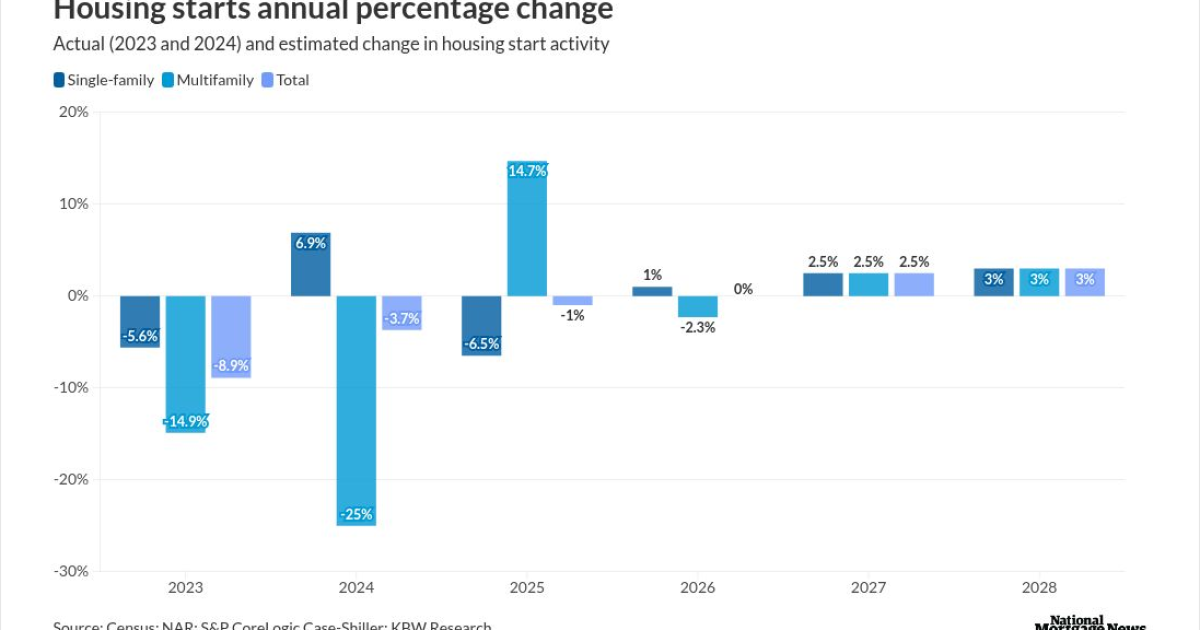
The U.S. economy expanded at a slightly slower rate at the end of last year as a downward revision to inventories masked stronger household spending and investment.
Gross domestic product rose at a revised 3.2% annualized pace in the fourth quarter, compared with a prior estimate of 3.3%. Consumer spending advanced at a 3% rate, faster than initially estimated, Bureau of Economic Analysis figures showed Wednesday. Inflation was revised higher.
Last year the economy expanded 2.5%, marking an acceleration from 2022 and far outperforming the broader eurozone and Japan.
The economy last year ended up surprising many economists who expected the U.S. would slip into a recession after aggressive
While economists largely expect growth to cool somewhat this year as high borrowing costs restrain household demand and business investment, they still anticipate the U.S. can avoid a downturn.
Inflation-adjusted final sales to private domestic purchasers, a key gauge of underlying demand, increased more than initially estimated.
"This all points to more domestic demand growth than previously thought and a hotter economy in general," James Knightley, chief international economist at ING, said in a note.
The Fed's preferred inflation metric — the personal consumption expenditures price index — rose at a 1.8% annual rate in the fourth quarter. Excluding food and energy, the gauge increased at a 2.1% pace, the Bureau of Economic Analysis report showed. Both were marginally higher than initially estimated.
Inventories subtracted 0.27 percentage point from GDP, compared with a slight boost in the initial fourth-quarter estimate. Personal consumption added 2 points. Spending was revised up on the back of more outlays for services.
A separate report out Wednesday showed the widest US merchandise-trade deficit in six months. The January shortfall reflected a pickup in imports.



